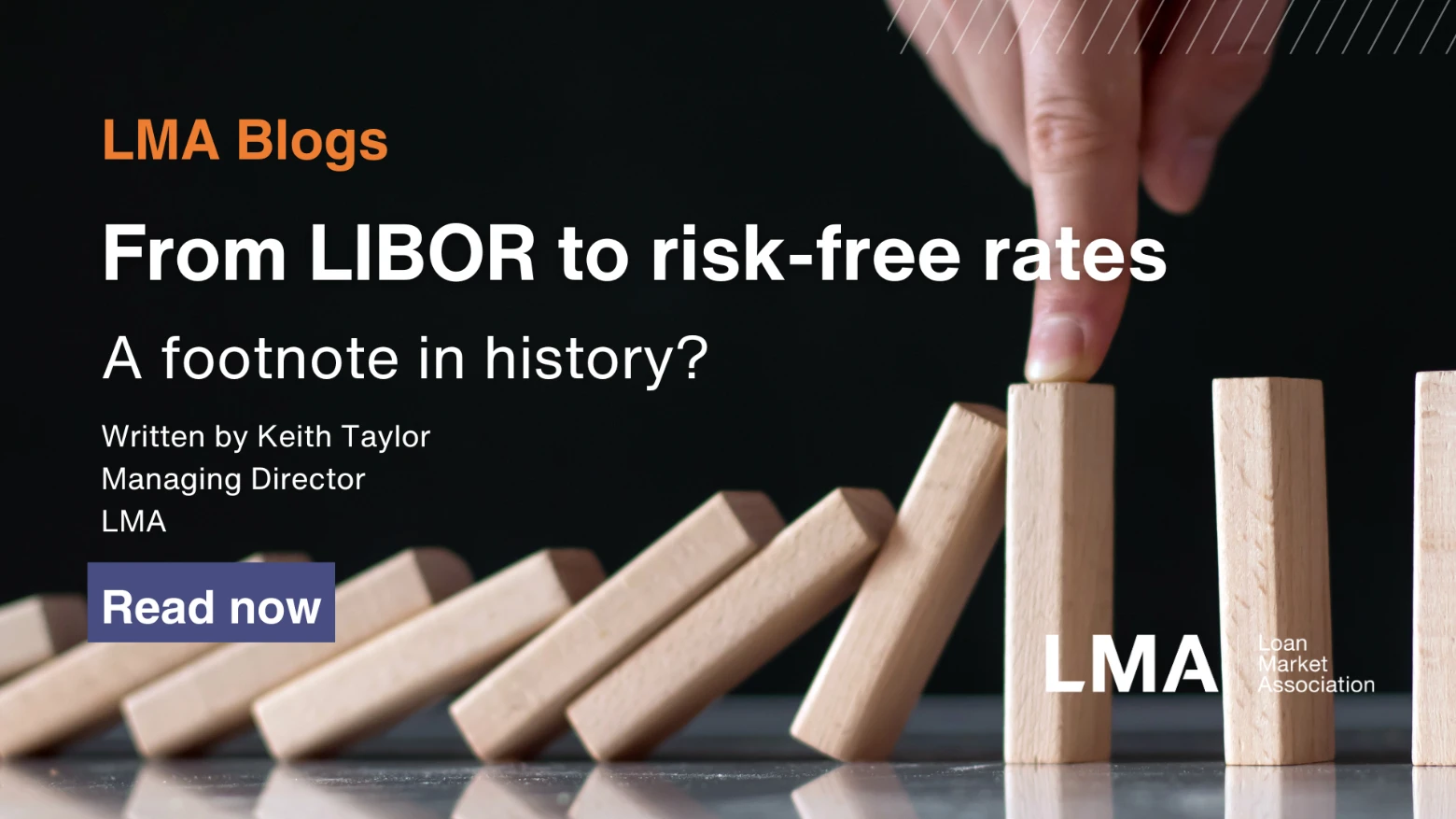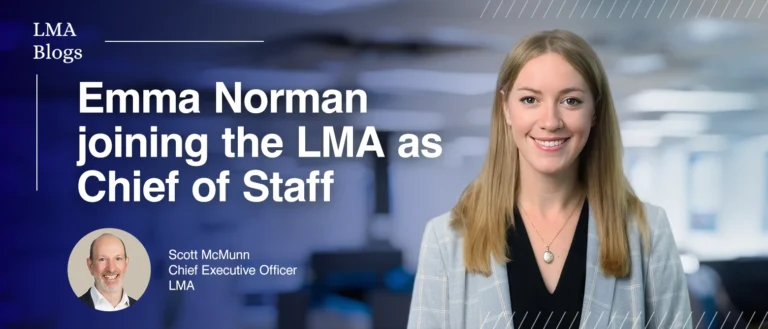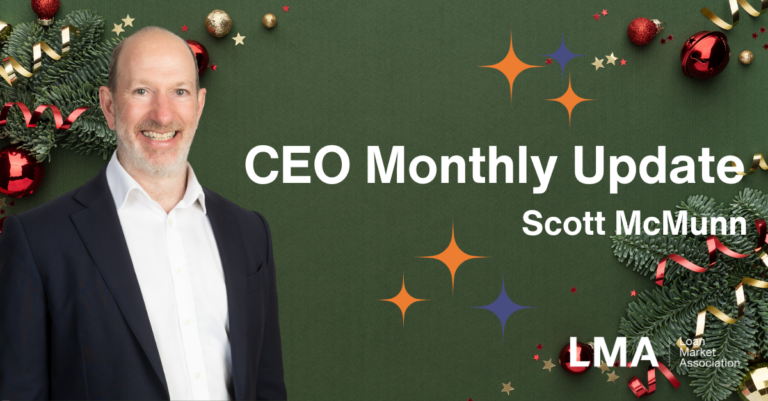When future historians come to document the transition away from LIBOR to risk-free rates, the focus, excitement and column-inches will likely predominantly be focused on the scandal in the early days, precipitated by the global financial crisis, which revealed LIBOR’s inherent flaws. That, however, would be entirely missing the point of quite how momentous and well-managed LIBOR transition has been across the market, ably guided by the official sector yet largely unheralded.
Having smoothly navigated multiple milestones since the FCA announcement in 2017 that LIBOR would be phased out (including the latest conclusive milestone of the cessation of all LIBOR-referenced benchmarks on 30th September 2024), it is easy to forget quite how significant and embedded LIBOR was as a benchmark. Impacting globally an estimated $10 trillion in loans, $8 trillion in bonds (some $350 trillion across all products including derivatives), it is hard to think of a more significant change in financial markets in recent history. Almost every market was impacted across the world. None more so than the loan market which had only ever operated on a LIBOR basis.
We don’t need to repeat here why markets needed to transition away from LIBOR or reiterate the very real benefits risk-free rates bring but it is certainly worthwhile reflecting on the lessons learnt from the multi-year project to help navigate, shape, educate and guide the loan market from a long-standing and well understood way of working to a radically new (and now well-accepted) approach.
Lesson No. 1 – Ultimate Teamwork – the effectiveness of the official sector (public), market participants and trade bodies (private) working closely together, thriving on mutual understanding, cohesion at a personal level and collective leadership; transition ultimately came down to people working well together
Lesson No. 2 – Frameworks – the importance of building frameworks (at all levels) to support clear goals and objectives, established early by the official sector; whilst it might not always have been obvious on the way forward, a clear understanding of roles and limitations, disparate interests and options helped forge a successful path
Lesson No. 3 – Global/Multi-Market Reach – the cross-border impact has already been mentioned; what might not be quite so well understood is how product markets learnt from each other, currency groups learnt from each other, trade associations worked together across markets and geographies; an openness and a willingness to learn together underpinned by some common denominators with broad reach (including the LMA)
Lesson No. 4 – Getting Stuff Done – we know that all talk and no action tends to go nowhere; at its heart, the transition relied on relatively small groups grappling with detail, spending time solving problems and challenges, arriving at workable recommendations, testing and refining these and then explaining the solutions; these small groups (including our own working groups) are the unsung heroes.
It has often been mentioned in passing to us that if there had ever been an occasion justifying the need to ‘invent the LMA’ or a case study on why the loan market needs an effective LMA working hard on its behalf demonstrating tangible value, it would be LIBOR transition. Fortunately, the LMA already existed and didn’t need to be invented.
More importantly though, the LMA was already well established as a credible voice, trusted by all parties and with accumulated market and product expertise. LIBOR transition required us to pioneer a new ‘exposure draft’ concept to lead rather than follow and then refine with market feedback. The team understood the issues, was prepared to throw itself into multiple working groups across currencies and perhaps most significantly realised the importance of educating the market and providing guidance. Making something complex understandable and relatable is a frequently undervalued skill.
All that said, whilst the LMA is pleased to have played its part, LIBOR transition was always so much bigger than us. We have relied (and continue to rely) heavily on regulators, law firms, banks, institutional investors, trade associations, systems partners and the borrower community to engage and work closely with us, to generously contribute their time and to help us be most effective throughout the transition journey. We cannot thank you all enough.
We have very much enjoyed the journey. Working with our members and with the wider market to help make the transition journey (and future journey for the residual IBOR transitions) as smooth as possible has been challenging but so rewarding. Rest assured the 7-year LIBOR transition will never just be a footnote in history for the LMA.
Best wishes to you all for 2025.




